By Rami Moorosi
Indigenous plants are plants that are native to a specific region or country. These plants grow easily in their environment and need little to no maintenance. Andy de Wet of De Wet Enviroscaping explains: “Plants that are indigenous to southern Africa can vary substantially, as this region has a natural diversity of climate and habitat. One can draw from this fantastic diversity of natural flora when planting your own little garden space.” Apart from their beauty, indigenous plants also have the added bonus of attracting wildlife such as birds and insects to the garden.
“Because of the increasing population growth and destruction of natural habitat around us, it has become the trend to plant indigenous plants as they expand the habitat of our precious and interesting local creatures back into our space, thus enhancing their chance of sustainable survival,” says Andy.
Plant types
Plants that can be included in your garden are numerous and varied, and these include different types of aloes, ornamental grasses and shrubs as well as trees. Craig de Necker, managing director of The Friendly Plant, adds: “South Africa has many indigenous plants that are not only used locally, but are also much sought after internationally. Some of the most popular indigenous plant species include: Agapanthus (African blue lily), Clivias (bush lily), Dietes species (wild iris) Strelitzia reginae (bird of paradise) and Zantedeschia (arum lily). South Africa also has many indigenous trees that are excellent for landscaping. Some of the most popular are acacia xanthophloea (fever tree), Celtis Africana (white stinkwood), Olea europaea subsp. Africana (wild olive) and Podocarpus Henkelii (Henkel’s yellowwood).”
Landscaping
When it comes to landscaping with indigenous plants and trees, home owners are free to express their own individual preferences as they would when using other types of plants. An indigenous garden can be whatever you want it to be – an English country garden, a Zen garden, even a Mediterranean garden, to mention a few. All that is required is to find the indigenous plant equivalent to your particular taste.
Plants all over the world prefer specific conditions – so it makes sense to choose plants that are locally indigenous to your region if you are considering this type of garden. “The hard work it takes looking after plants from coastal KZN in Swellendam, is just far too troublesome”, says Jean Rodel of Tree Frog Landscapes.
Craig adds: “Indigenous plants can help carry the theme or look of an area through to the garden. For example, arid regions will be better suited to aloes and other succulents, while densely forested areas may be more suited to different fern species that occur naturally in that area.”
He also says: “Specific colours (in terms of both flowers and foliage) can be used to add a theme to the garden or specific plants can be used in order to attract butterflies or birds to the garden.”
If you are considering creating an indigenous garden with aloes, for example, then bear in mind that winter is aloe flowering season, and these plants will attract a variety of birds, bees and butterflies to the garden.
The aloes’ ability to withstand dry conditions, as well as their appealing foliage and amazing diverse floral displays make them exceptionally suitable for the modern gardener who is always looking for something new.
For your consideration
Yochai Zlotnick from Renaldo and YZ Gardens warns home owners to be aware of the sizes that their plants can grow to, as some plants have “invasive roots, so they must not be planted next to walls or a pool. Due to water requirements, make sure that water loving plants are not planted next to plants that prefer dry conditions, and plant according to sun and shade requirements”.
Finally, make sure that you choose plants that are common to your specific area – these will fit in well with your surroundings and will be perfect for the local climatic conditions such as rainfall, wind and temperature extremes.


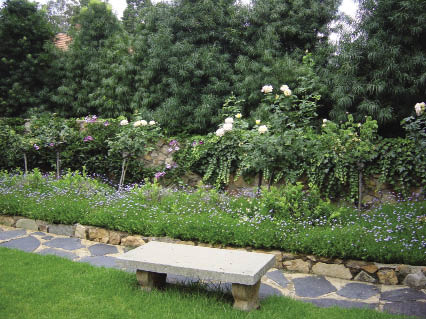








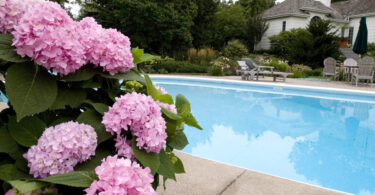
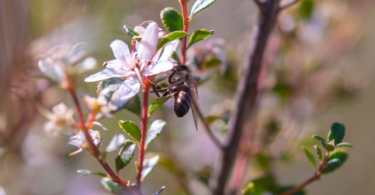
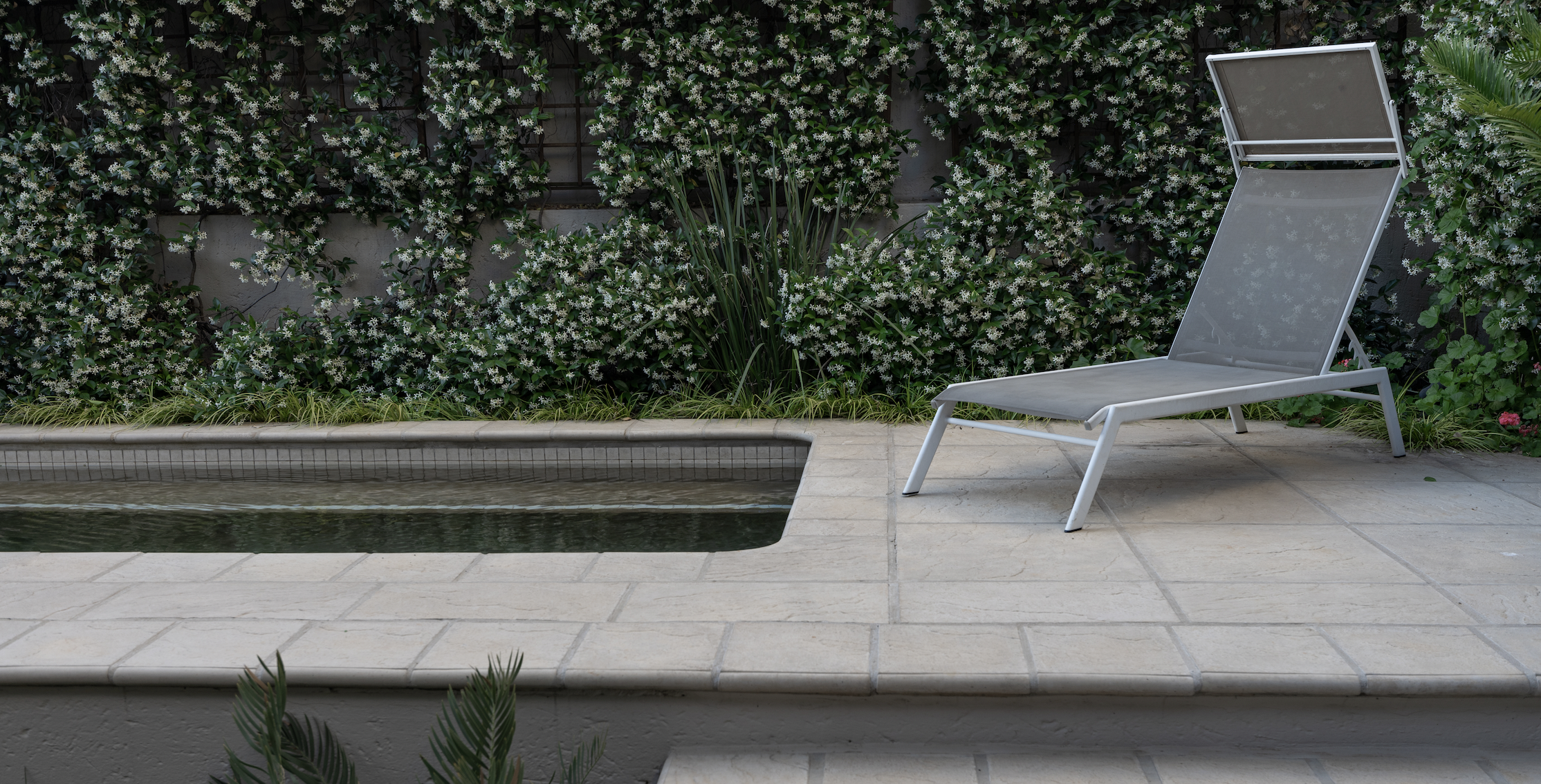

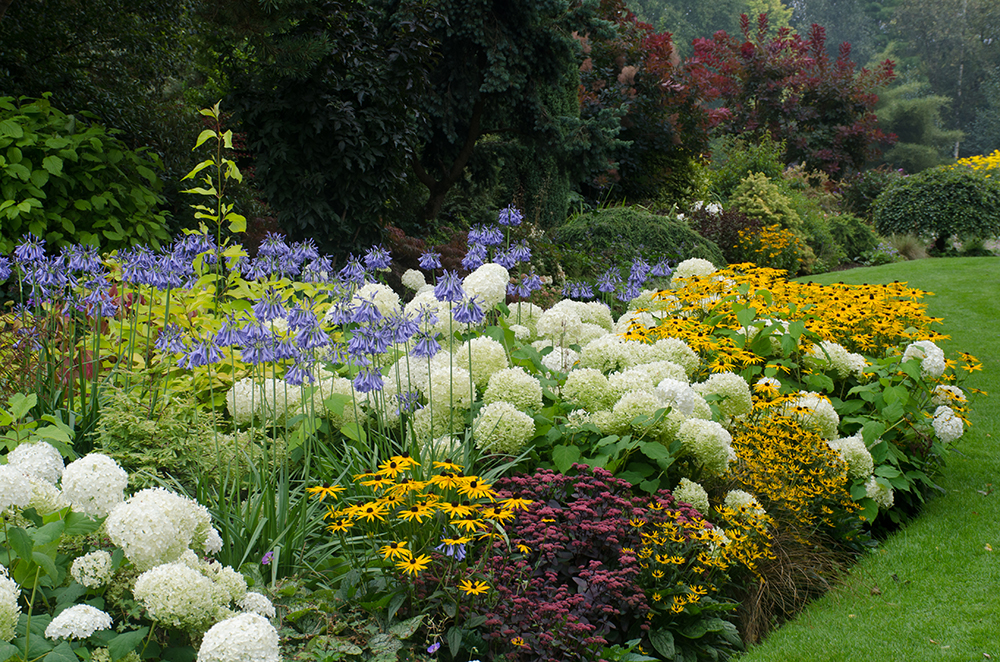
Leave a Comment